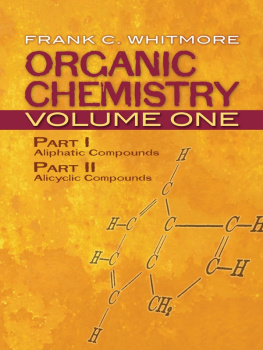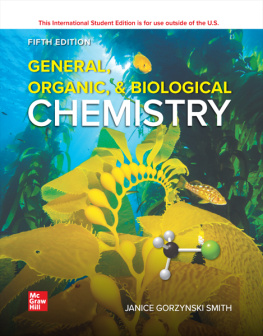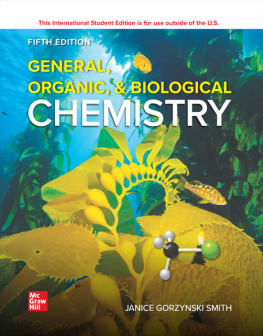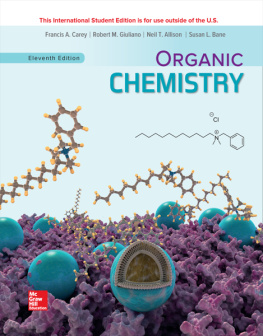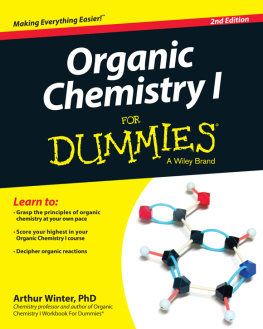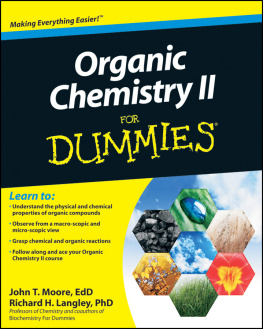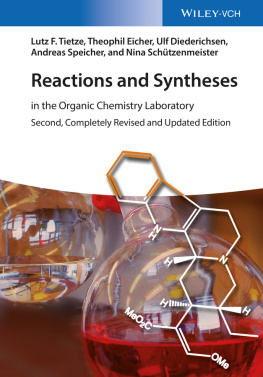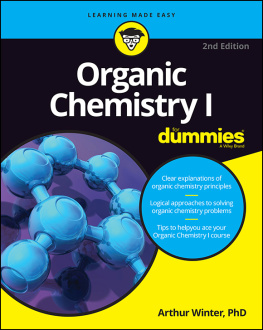Copyright 2013 by John Wiley & Sons, Inc. All rights reserved. Published by John Wiley & Sons, Inc., Hoboken, New Jersey. Published simultaneously in Canada. No part of this publication may be reproduced, stored in a retrieval system, or transmitted in any form or by any means, electronic, mechanical, photocopying, recording, scanning, or otherwise, except as permitted under Section 107 or 108 of the 1976 United States Copyright Act, without either the prior written permission of the Publisher, or authorization through payment of the appropriate per-copy fee to the Copyright Clearance Center, Inc., 222 Rosewood Drive, Danvers, MA 01923, (978) 750-8400, fax (978) 750-4470, or on the web at www.copyright.com . Requests to the Publisher for permission should be addressed to the Permissions Department, John Wiley & Sons, Inc., 111 River Street, Hoboken, NJ 07030, (201) 748-6011, fax (201) 748-6008, or online at http://www.wiley.com/go/permission .
Limit of Liability/Disclaimer of Warranty: While the publisher and author have used their best efforts in preparing this book, they make no representations or warranties with respect to the accuracy or completeness of the contents of this book and specifically disclaim any implied warranties of merchantability or fitness for a particular purpose. No warranty may be created or extended by sales representatives or written sales materials. The advice and strategies contained herein may not be suitable for your situation. You should consult with a professional where appropriate. Neither the publisher nor author shall be liable for any loss of profit or any other commercial damages, including but not limited to special, incidental, consequential, or other damages. For general information on our other products and services or for technical support, please contact our Customer Care Department within the United States at (800) 762-2974, outside the United States at (317) 572-3993 or fax (317) 572-4002.
Wiley also publishes its books in a variety of electronic formats. Some content that appears in print may not be available in electronic formats. For more information about Wiley products, visit our web site at www.wiley.com . Library of Congress Cataloging-in-Publication Data: Smith, Michael, 1946 Oct. 17- March's Advanced Organic Chemistry : Reactions, Mechanisms, and Structure. 7th Edition / Michael B.
Smith, Professor of Chemistry. pages cm Includes index. ISBN 978-0-470-46259-1 (cloth) 1. Chemistry, Organic. I. II. II.
Title: Advanced organic chemistry. QD251.2.M37 2013 547dc 232012027160 Preface This seventh edition of March's Advanced Organic Chemistry has been thoroughly updated to include new advances in areas of Organic chemistry published between 2005 and 2010. Every topic retained from the sixth edition has been brought up to date if there was activity in that area during that five year period. Changes also include a significant rewrite of most of the book. More than 5500 new references have been added for work published since 2005. As with the sixth edition, many older references were deleted to make room for new ones, and in cases where a series of papers by the same principal author were cited, all but the most recent were deleted.
The older citations are usually found by referring to the more recent publication(s). Many of the figures relating to molecular orbitals dated to the 1960s. In all cases possible, they have been replaced by molecular orbitals drawings using Spartan software from Wavefunction, Inc. The fundamental structure of the seventh edition is essentially the same as that of all previous ones. The goal, as in previous editions is to give equal weight to the three fundamental aspects of the study of organic chemistry: reactions, mechanisms, and structure. A student who has completed a course based on this book should be able to approach the literature directly, with a sound knowledge of modern organic chemistry.
Major special areas of organic chemistry: terpenes, carbohydrates, proteins, many organometallic reagents, combinatorial chemistry, polymerization and electrochemical reactions, steroids, and so on, have been treated lightly or ignored completely. The use of this book in the first year of graduate study should help master the fundamentals. It is hoped that this book will lead a student to consult the many excellent books and review articles cited for various topics in order to understand the subject in more detail. Indeed, many of these topics are so vast, they cannot be explained completely in this book. The organization is based on reaction types, and a relatively few principles suffice to explain nearly all of them despite the large number of organic reactions. Accordingly, the reactions-mechanisms section of this book (Part II) is divided into 10 chapters (1019), each concerned with a different type of reaction.
In the first part of each chapter, the appropriate basic mechanisms are discussed along with considerations of reactivity and orientation, while the second part consists of numbered sections devoted to individual reactions, where the scope and the mechanism of each reaction are discussed. Numbered sections are used for the reactions and are set in boldface. Since the methods for the preparation of individual classes of compounds (ketones, nitriles, etc.) are not treated all in one place, an updated and revised index has been provided (Appendix B) by use of which the synthesis of a given type of compound will be found. It is important to note that the numbers for each reaction in the 7th edition are different from editions 15 in many cases, but are the same as found in the 6th edition. For this reason, a correlation table is included at the end of this Preface that directly correlates the sections found in the 5th edition with the new ones in both the 6th and 7th editions. The structure of organic compounds is discussed in Chapters 15 (Part I).
This section provides a necessary background for understanding mechanisms and is also important in its own right. The discussion begins with chemical bonding (Chapt. 1) and ends with a chapter on stereochemistry (Chapt. 4). Two chapters follow (Chapt 67) on reaction mechanisms in general, one for ordinary reactions and the other for photochemical reactions. Part 1 concludes with two more chapters (Chapt 8 and 9) that give further background to the study of mechanisms.
The IUPAC names for many organic transformations are included, first introduced in the 3rd edition. Since then the rules have been broadened to cover additional cases; hence more such names are given in this edition. Furthermore, International Union of Pure and Applied Chemistry (IUPAC) has now published a system for designating reaction mechanisms, and some of the simpler designations are included. Appendix A is devoted to the literature of organic chemistry. In treating subjects as broad as structure, reactions, and mechanisms of organic chemistry, it is impossible to cover each topic in great depth, and this would not be desirable even if possible. This book is intended to point the reader to the primary literature of the areas it covers.
To this end, there are >20,000 references to original papers. Secondary literature sources including reviews, books, and monographs have been included as well. Appendix A provides a brief introduction to using computer-based search engines (e.g., Reaxys and SciFinder ). Although basically designed as a reference text for a one-year course on the graduate level, this book can also be used in advanced undergraduate courses, but only after completion of a one-year course in organic chemistry. A one year course in both inorganic and physical chemistry would be most helpful. It has been my experience that students who have completed the first-year courses often have a hazy recollection of the material and greatly profit from a representation of the material if it is easily accessible.


